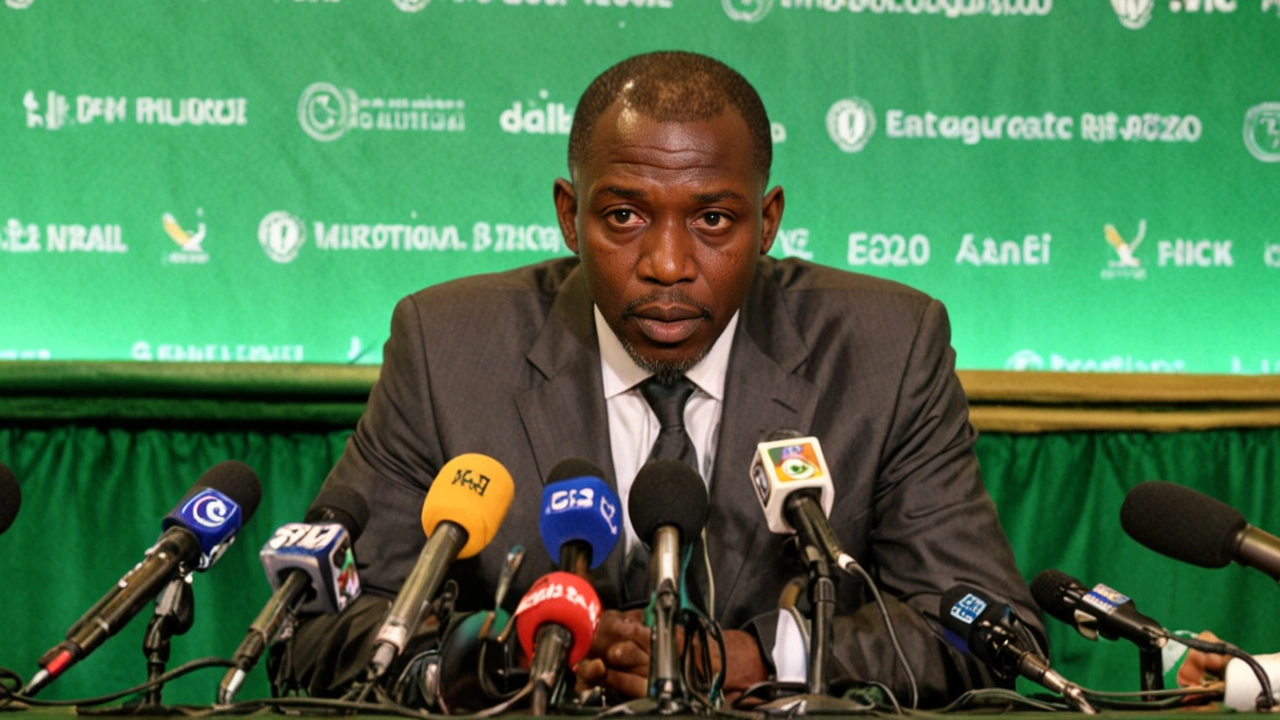Sahel States: What’s Happening Across Mali, Niger, Burkina Faso and Beyond
The Sahel is a wide strip of land across Africa where climate stress, armed groups and fast-changing politics meet. If you follow events in West and Central Africa, this region shapes headlines—from droughts and food shortages to coups and counterinsurgency efforts. Here we keep stories clear and practical so you know what matters and why.
Where the Sahel is and who it includes
The Sahel runs roughly from the Atlantic coast in Mauritania and Senegal to the borders of Sudan and Chad in the east. When people talk about the "Sahel states" they often mean countries like Mauritania, Mali, Burkina Faso, Niger and Chad. Those five also form the G5 Sahel, a regional group focused on security and development. But the Sahel’s issues spill into neighbouring countries such as Senegal and parts of Sudan, so news from the area can come from many capitals.
Knowing the map helps make sense of the news. Local politics in Bamako, Niamey or Ouagadougou can trigger cross-border shifts in security and migration. That’s why we track national decisions and regional moves together.
Key issues to watch
Security: Armed groups remain a major threat. Islamist groups linked to Al-Qaeda and Islamic State operate across borders, targeting towns, patrols and civilian convoys. Militaries in several Sahel states have launched operations and sometimes joined regional forces, but violence often moves with little warning. Keep an eye on major military changes, peace agreements and any shifts in foreign military support.
Politics and governance: Since 2020, several Sahel countries have seen coups and changes in leadership. Those power shifts affect foreign partnerships, aid flows and how security operations run. Watch for elections, transitional timetables and moves by regional bodies like ECOWAS or the African Union—those decisions shape what comes next.
Climate and livelihoods: The Sahel faces more extreme weather. Droughts, unpredictable rains and land loss hit farmers and herders first. That means food shortages, rising prices and more people needing humanitarian help. Stories about crop yields, food aid, or community rangeland disputes tell you how daily life is being affected.
Humanitarian impacts and migration: Millions in the region depend on relief at some point in the year. When conflict and climate problems overlap, families move—either to nearby towns or across borders toward cities and coastal states. Watch migration routes and refugee numbers; they’re the human side of the region’s crises.
Outside influence: Foreign partners change the balance on the ground. International troops, training missions, aid agencies and private security firms all play a role. Shifts in these relationships—new partners, withdrawals or sanctions—often reshape local politics and security fast.
Want practical updates? Follow breaking reports on military operations, humanitarian alerts, and major political moves. We gather the facts, explain how they connect, and point out what to expect next. Bookmark this tag to stay on top of Sahel developments without the noise.



